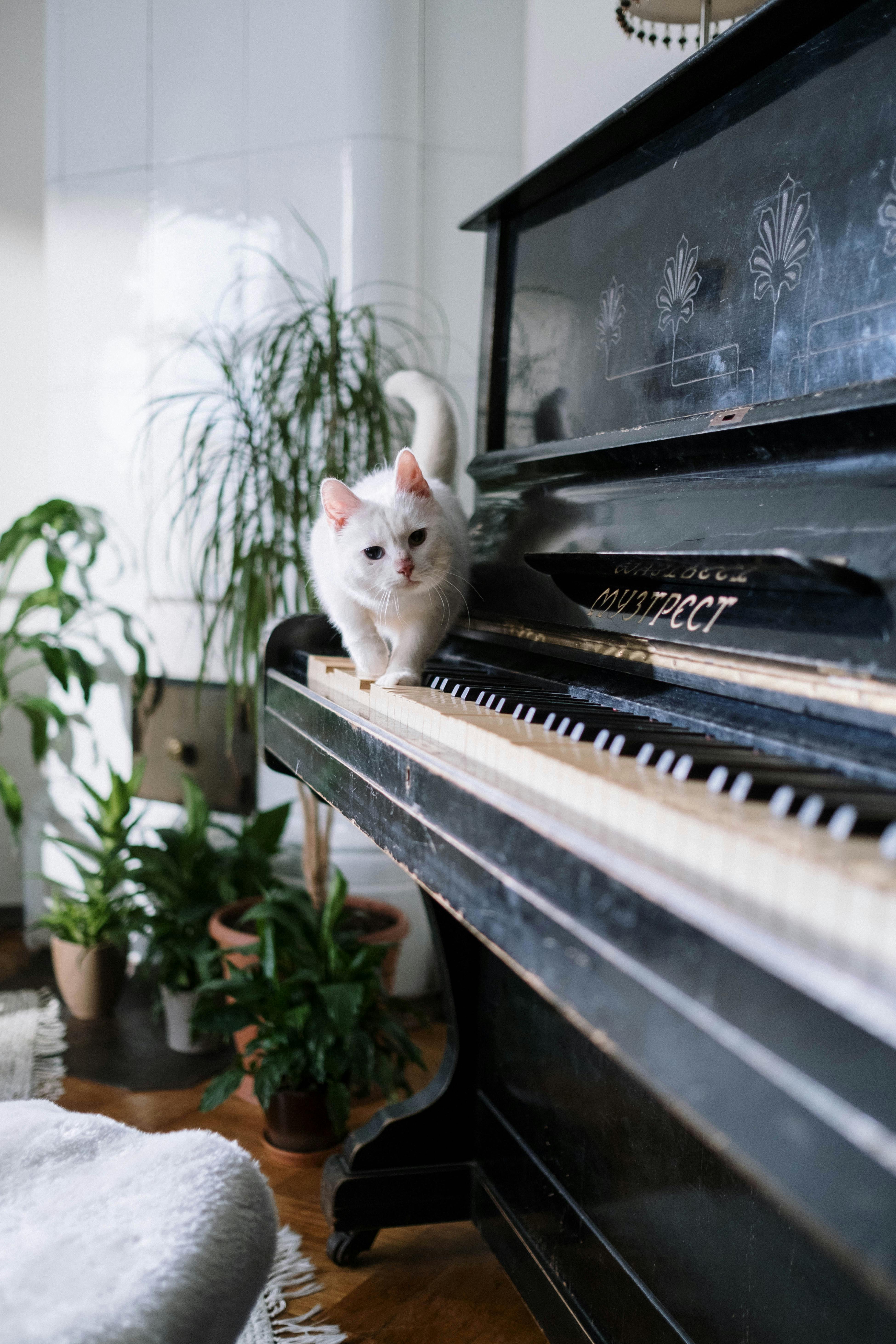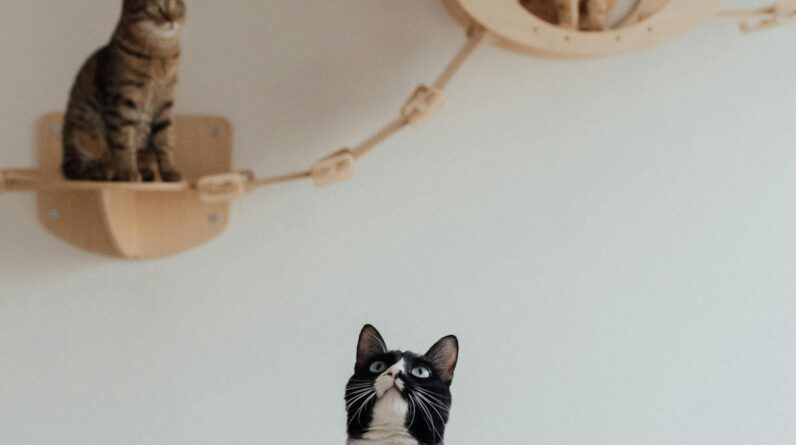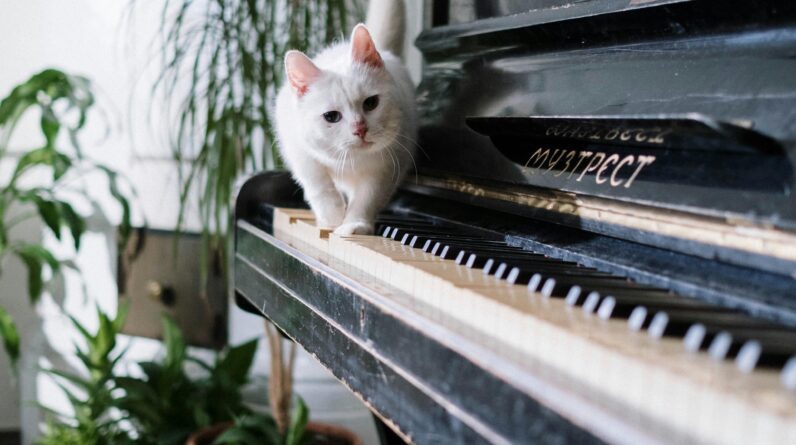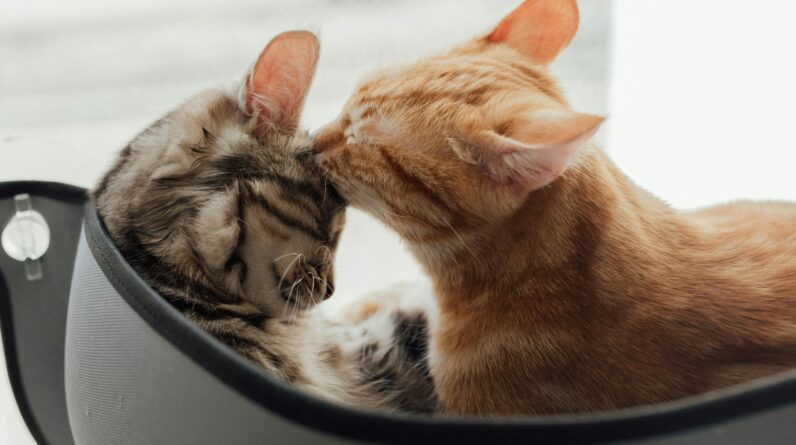
Imagine a home with less fur on your couch and clothes. Sounds dreamy, right? Some cat breeds shed much less than others, making them perfect for a tidy house.
If you or someone in your family has allergies, low-shedding cats can be lifesavers. They produce fewer allergens and keep the air cleaner.
It’s also easier to maintain these felines. Less shedding means fewer grooming sessions and less vacuuming!
Ready to meet the low-shedding superstars? Let’s dive into their world and find out which breed suits you best.
*Did you know vet visits for your ginger pal can cost up to $80, and emergencies can hit thousands?* 😮 But worry not! Pet insurance has got your back. For a tiny cost, avoid huge bills and keep your kitty healthy. Click here for peace of mind and endless purrs.
Understanding Cat Shedding Patterns


Have you ever wondered why cats shed their fur? It’s a natural process to remove old, damaged hair. Shedding helps keep their coat healthy and shiny.
Cats shed more in spring and fall. These are the seasons when they change their coats to adapt to temperature changes.
Indoor cats might shed all year round due to artificial lighting. Unlike outdoor cats, they don’t experience natural seasonal light changes.
Different breeds have different shedding patterns. For instance, short-haired breeds typically shed less than long-haired ones.
- *Long-haired cats*: They tend to lose more fur because of their thick coats.
- *Short-haired cats*: Less fur means less shedding!
Top Low-Shedding Cat Breeds


Looking for a cat that won’t leave fur everywhere? You’re in luck! Some breeds are known to shed very little.
Let’s start with the *Sphynx*. This breed is almost hairless, so shedding is minimal. But remember, they need regular baths to remove skin oils.
The *Russian Blue* has a dense double coat but sheds less than you’d think. Their sleek fur traps loose hairs, reducing shedding around your home.
The *Bengal* cat is another great choice. Though they have short hair, their unique pelt-like coat minimizes shedding and feels silky smooth.
- *Sphynx*: Almost no hair means almost no shedding!
- *Russian Blue*: Dense fur traps loose hairs effectively.
- *Bengal*: Short, pelt-like coat reduces noticeable shedding.
Grooming Tips for Minimal Shedding


Keeping your cat’s shedding under control is easier than you think. With a few grooming tips, you can minimize the fur around your home.
First, regular brushing is key. Use a brush suitable for your cat’s coat type. Doing this helps remove loose hairs before they end up on your furniture or clothes.
Next, give them baths occasionally. While cats usually groom themselves, a bath can help reduce shedding further. Make sure to use cat-specific shampoo to avoid skin irritation.
- *Brush regularly*: This catches loose hairs before they spread around.
- *Baths*: Occasional baths help keep their coat clean and reduce shedding.
Health Benefits of Low-Shedding Cats
Choosing a low-shedding cat can be great for your health. These cats help reduce allergens in your home, making it easier to breathe.
If you or someone in your family has allergies, low-shedding breeds are ideal. They produce fewer allergens, helping keep sneezes and itchy eyes at bay.
Low-shedding cats also contribute to a cleaner living environment. Less fur means less cleaning time and fewer hairballs scattered around.
- *Fewer Allergens*: Low-shedding breeds produce fewer allergens than high-shedding ones.
- *Cleaner Home*: Less fur means less cleaning and a tidier space.
Did you know vet visits for your ginger pal can cost up to $80, and emergencies can hit thousands? 😮 But worry not! Pet insurance has got your back. For a tiny cost, avoid huge bills and keep your kitty healthy. Click here for peace of mind and endless purrs.







